
PPT Chapter 6 How Cells Harvest Chemical Energy PowerPoint
Oxidative Phosphorylation vs. Substrate Level Phosphorylation What's the Difference? Oxidative phosphorylation and substrate level phosphorylation are two different mechanisms by which cells generate ATP, the energy currency of the cell. Oxidative phosphorylation occurs in the mitochondria and involves the transfer of electrons from NADH and.
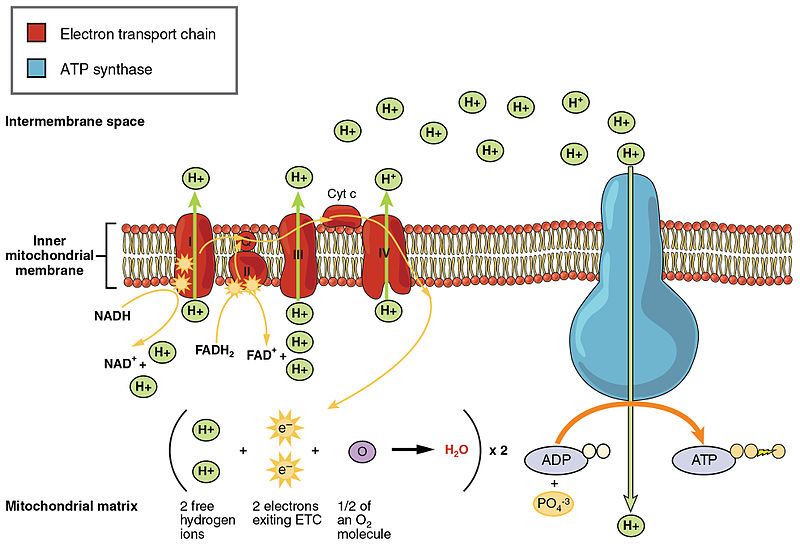
Difference Between Substrate Level Phosphorylation and Oxidative
Substrate-level phosphorylation means that a phosphate is transferred to ADP from a high-energy phosphorylated organic compound. We will see in the section on metabolic pathways that a couple of the enzymes in glycolysis make ATP through substrate-level phosphorylation, as well as an enzyme in the citric acid cycle. However, only a small amount.

How Is Atp Produced By Substrate Level Phosphorylation Wasfa Blog
A primary difference is the ultimate source of the energy for ATP synthesis. In oxidative phosphorylation, the energy comes from electrons produced by oxidation of biological molecules. In the case of photosynthesis, the energy comes from the light of the sun. Figure 2.6.6 2.6. 6: Photophosphorylation.
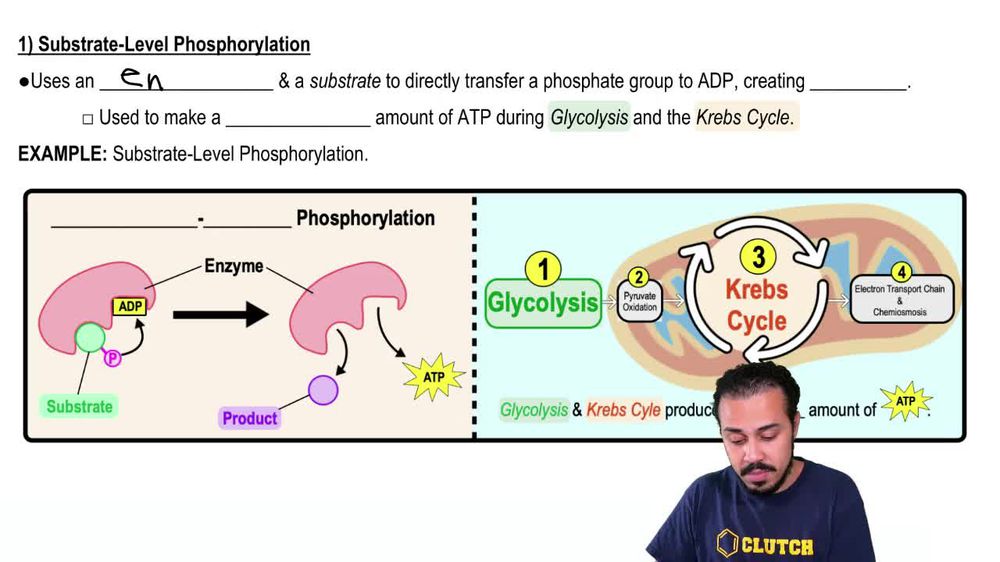
Compare and contrast substratelevel phosphorylation and oxidativ
Substrate-level phosphorylation is an exergonic reaction that is responsible for the transfer of a phosphoryl group from a substrate to a nucleoside diphosphate (ADP or GDP) to form a.

Substrate level vs. Oxidative Phosphorylation YouTube
Substrate-level phosphorylation is a process that occurs during glycolysis and the Krebs cycle, also known as the citric acid cycle. It takes place in order to form high-energy ATPs for cellular and biological processes in the body.

Electron transport chain,oxidative phosphorylation and substrate level
Over 27,000 video lessons and other resources, you're guaranteed to find what you need. Learn faster. Stay motivated. Study smarter.

Oxidative Phosphorylation Diagram
Overall, the theoretical maximum yield of ATP made during the complete aerobic respiration of glucose is 38 molecules, with four being made by substrate-level phosphorylation and 34 being made by oxidative phosphorylation (Figure 8.16). In reality, the total ATP yield is usually less, ranging from one to 34 ATP molecules, depending on whether.

Oxidative Phosphorylation Definition, Steps ALevel Biology Revision
The main difference between substrate level phosphorylation and oxidative phosphorylation is that substrate level phosphorylation is a direct phosphorylation of ADP with a phosphate group.
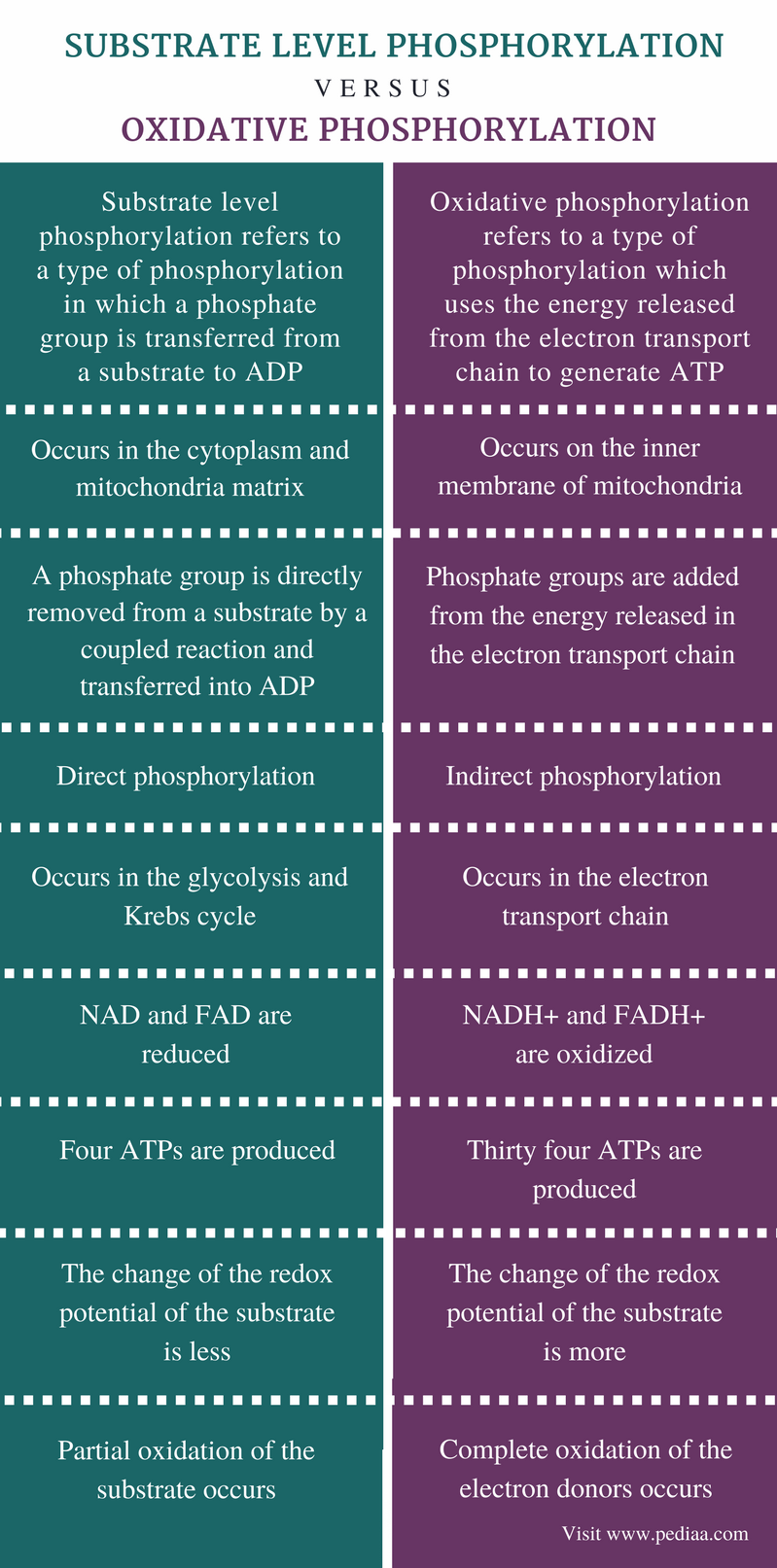
When Substrate Level Phosphorylation Occurs It Means That
What You'll Learn? 1 Substrate Level Phosphorylation vs Oxidative Phosphorylation 1.1 What is Substrate Level Phosphorylation? 1.1.1 Examples of Substrate Level Phosphorylation 1.1.2 Uses of Substrate Level Phosphorylation 1.2 What is Oxidative Phosphorylation? 1.2.1 Examples of Oxidative Phosphorylation 1.2.2 Uses of Oxidative Phosphorylation
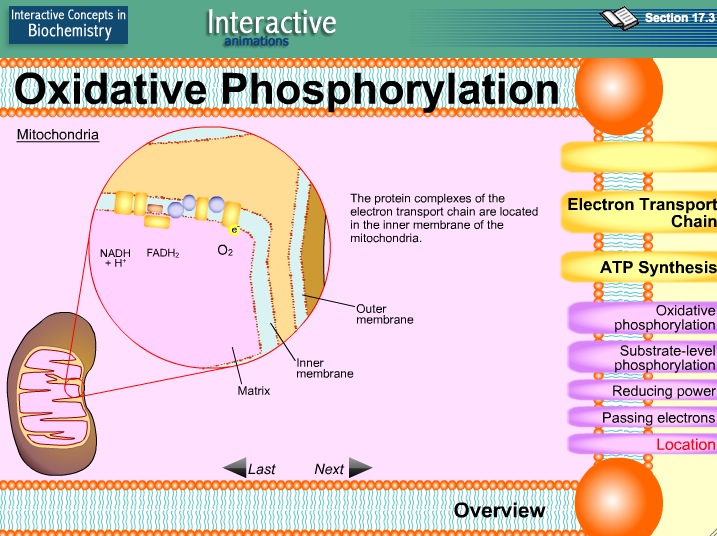
oxidative vs substrate level phosphorylation
This is the video explaining similarities and differences between substrate level phosphorylation vs oxidative phophorylationYou can download the notes from.

What is the difference between substrate level phosphorylation and
Figure 17.5.1 17.5. 1: ATP Production during Aerobic Respiration by Oxidative Phosphorylation involving an Electron Transport System and Chemiosmosis. NADH and FADH 2 carry protons (H +) and electrons (e -) to the electron transport chain located in the membrane. The energy from the transfer of electrons along the chain transports protons.

Cellular Respiration (part 3) Etc And Oxidative Phosphorylation 3EC
Oxidative phosphorylation is made up of two closely connected components: the electron transport chain and chemiosmosis. In the electron transport chain, electrons are passed from one molecule to another, and energy released in these electron transfers is used to form an electrochemical gradient.
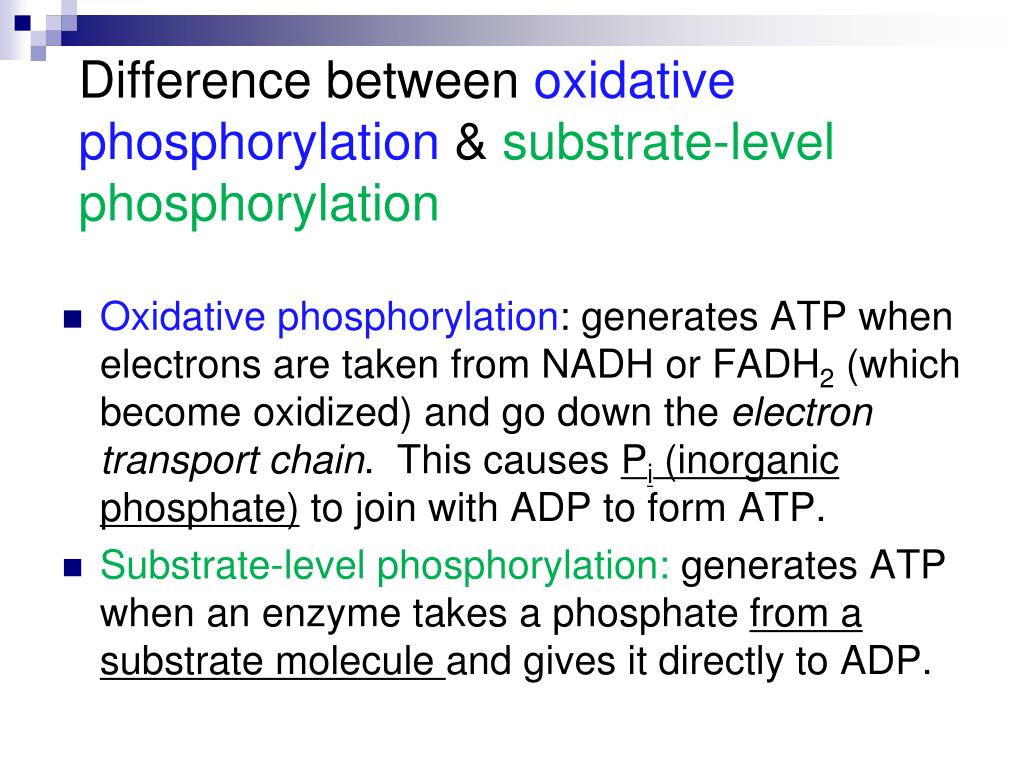
PPT Cellular Respiration Electron Transport Chain Ch. 9 PowerPoint
The main difference between substrate level phosphorylation and oxidative phosphorylation is that substrate level phosphorylation is a direct phosphorylation of ADP with a phosphate group by using the energy obtained from a coupled reaction whereas oxidative phosphorylation is the production of ATP from the oxidized NADH and FADH2.

substrate level vs oxidative phosphorylation
Oxidative phosphorylation is a cellular process that harnesses the reduction of oxygen to generate high-energy phosphate bonds in the form of adenosine triphosphate (ATP). It is a series of oxidation-reduction reactions that involve the transfer electrons from NADH and FADH2 to oxygen across several protein, metal, and lipid complexes in the mitochondria known as the electron transport chain.

Image result for oxidative and substrate level phosphorylation Redox
Most ATP is generated by oxidative phosphorylation in aerobic or anaerobic respiration while substrate-level phosphorylation provides a quicker, less efficient source of ATP, independent of external electron acceptors. This is the case in human erythrocytes, which have no mitochondria, and in oxygen-depleted muscle. Overview

Image result for oxidative and substrate level phosphorylation
Thus, substrate level phosphorylation is used during fermentative growth, whereas both substrate level phosphorylation and oxidative phosphorylation are used during respiratory growth. Substrate level phosphorylation. The direct formation of ATP from ADP is linked to the hydrolysis of certain phosphorylated intermediates of the catabolic pathways.